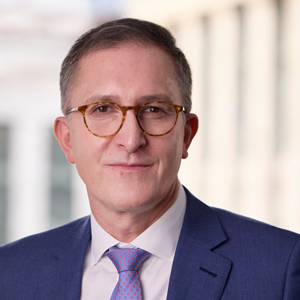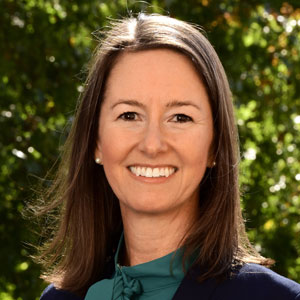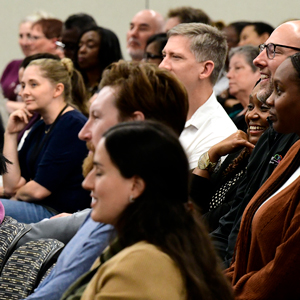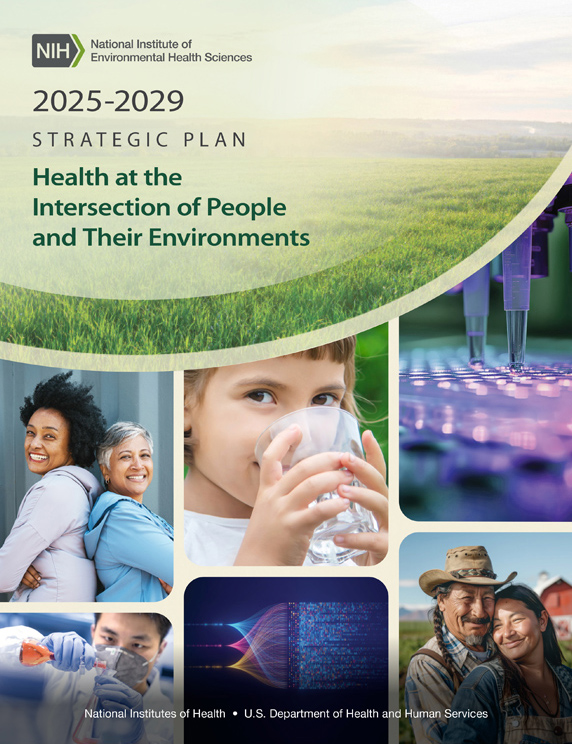
NIEHS leaders unveiled ambitious five-year goals during a virtual meeting with the National Advisory Environmental Health Sciences Council Sept. 11-12. Central to the NIEHS 2025-2029 Strategic Plan is a commitment to provide global leadership for innovative research that improves the health of people and communities.
NIEHS Director Rick Woychik, Ph.D., introduced the new plan and stressed the need to integrate knowledge gained about environmental factors into human health research at the National Institutes of Health (NIH) and beyond.
“We’ve got to figure out ways to weave the work we do in environmental health sciences into the fabric of research to study the causes of human disease,” Woychik said. “The strategic plan provides a roadmap for bringing this knowledge to the broader biomedical community, helping to inform disease prevention and interventions.”
Because the environment influences human health, Woychik also signaled his determination to push the scientific approaches supported by NIEHS into the mainstream of biomedical research. Citing the transformative influences of genetics and genome studies on health care, he stated his desire for a similar breakthrough in the field of environmental health.
He emphasized that NIEHS must continue to stay on the cutting-edge for developing the innovative new strategies for studying the environment that can be distributed across the biomedical spectrum.
Join NIEHS in a worthy pursuit
How will the NIEHS Strategic Plan change human health in the next five to 10 years? Send the NIEHS Director your bold prediction in 200 characters or less.
NIH Director Monica Bertagnolli, M.D., shared her support of the new strategic plan during the council meeting.
“It is very forward-thinking, timely, and well-aligned with our hopes for NIH overall and our desire to see more collaboration among the NIH Institutes and Centers,” she stated in a recorded message to the council.
She also cautioned against complacency.
“Whenever possible, we need to move as quickly as we can from biological insights to improvements in the lives of real people,” Bertagnolli said.
An emphasis on impact
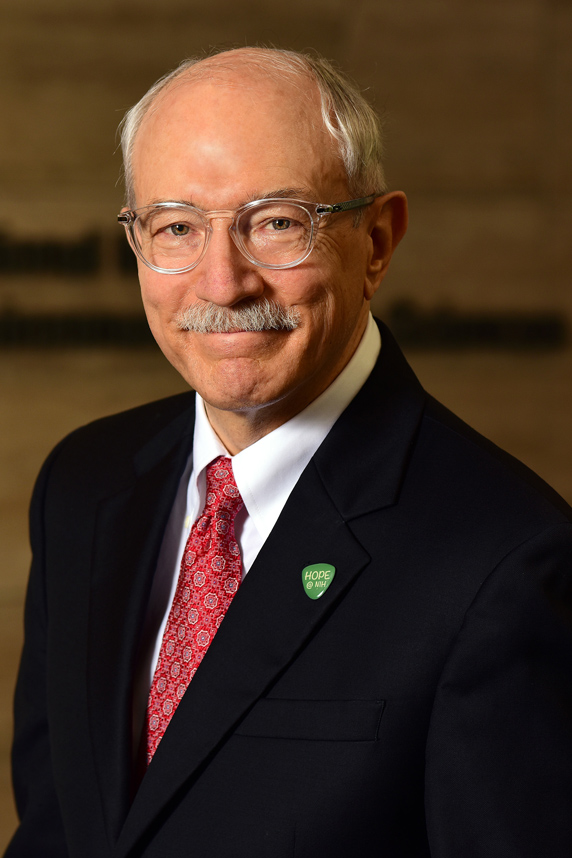
Key to all aspects of the new plan are two crosscutting themes — solutions-focused research and translation; and diversity, equity, inclusion, accessibility, and civility (DEIAC). The themes span research areas of emphasis, capacity and infrastructure, and scientific management and stewardship.
Woychik explained all decisions, including those related to infrastructure, management, and stewardship, should reflect a commitment to relevancy and improving lives.
“Conducting innovative research that merits publication in high-profile journals is a first step,” Woychik said. “We want to then develop translational elements that will truly impact public health and the practice of medicine.”
The new plan outlines approaches related to capacity and infrastructure, and scientific management and stewardship, as well as the following six areas of research focus, each of which is tied to a translational goal to improve overall health.
- Exposomics: Understanding, generating, and sharing a more complete picture of how positive and negative environmental effects interact and affect health, including disease risk, progression, severity, and management.
- Precision environmental health (PEH): Advancing PEH science so individuals and health care providers better understand, manage, and communicate environmental risks, in both general and clinical settings, based on individual susceptibilities.
- Mechanistic biology and toxicology: Discovering the mechanisms underlying the biological impacts of environmental exposures and using that knowledge to identify strategies to improve individual and population health.

- Data science and computational biology: Enabling more precise identification and understanding of the complex casual relationships between environmental exposures and health impacts and translation of scientific discovery into actionable knowledge.
- Environmental health disparities, environmental justice (EJ), and health equity: Prioritizing research to understand and address environmental health disparities and enabling full application of the knowledge gained to achieve EJ and health equity.
- Climate change impacts on human health: Catalyzing research and translation of climate change effects on human health to reduce related health threats and build health resilience among individuals, communities, and nations around the world.
To read the full strategic plan, visit the NIEHS Strategic Plan 2025-2029.
(Douglas Murphy, Ph.D., is a technical writer-editor in the NIEHS Office of Communications and Public Liaison.)






